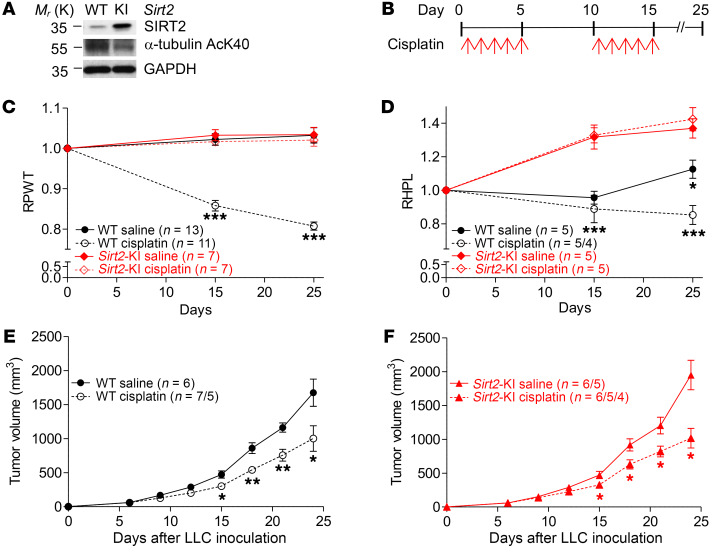Figure 1. SIRT2 protects mice from cisplatin-induced peripheral neuropathy (CIPN).
(A) Western blots show that SIRT2 expression and deacetylase activity increased, as indicated by decreased levels of α-tubulin K40 acetylation (AcK40), in Sirt2-knockin (Sirt2-KI) mice, as compared with WT C57BL/6 mice (n = 3). (B) Treatment regimen to induce CIPN. (C) Mechanical allodynia measured by von Frey tests and (D) thermal algesia measured by hot plate tests in KI and WT mice before and after cisplatin treatment. RPWT, relative paw-withdrawal threshold, and RHPL, relative hot plate latency, are the pressure and time values in cisplatin- and saline-treated mice normalized to their respective baseline values. (E) C57BL/6 (Sirt2-WT) and (F) Sirt2-KI mice bearing LLC tumors were treated with 2 cycles of cisplatin or saline. Tumor growth was monitored for 25 days. Varying sample sizes represent groups in which mice reached early exit criteria with maximal tumor burden (2,000 mm3) or died of cisplatin toxicity. Statistical significance was assessed using 2-way ANOVA with Bonferroni’s correction (C and D) or 2-tailed Student’s t test with Welch’s correction (E). *P < 0.05; **P < 0.01; ***P < 0.001.

